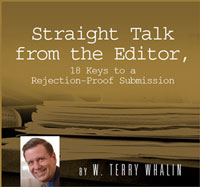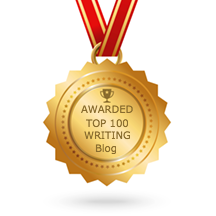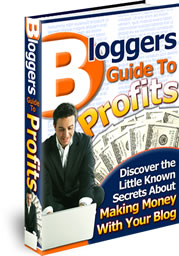The Economy of Handouts
It’s been several years since I’ve been to the Greater Philadelphia Christian Writers Conference. I’m looking forward to this opportunity to give back to writers and meet new people. Also I look forward to spending a few minutes with various faculty members on an informal basis and as I can fit it into the schedule (always a challenge). Each one of these writers conferences has it’s own mood or ambiance and I have great memories about this particular conference and the people I met last time. This morning I learned this conference has joined the blogging world.
In the past, I’ve taught a few workshops and met with individual writers about their projects. This time, I’ll be meeting individually with writers but I’m also teaching a continuing workshop called Book Proposals That Sell. Typically I’m invited to these conferences months before the actual event. Then they can coordinate the mix of workshops and the various faculty. Behind the scenes for each event, there is a great deal of effort—which no one thinks about until they decide to put on or teach at one of these events. The schedule for each conference is different. It was only a few weeks ago that I realized my continuing class has five sessions and about 6 1/2 hours of total teaching time. Often I’ve taught these on-going classes in the mornings of a conference. For the Philadelphia conference, the first two days I will teach twice (once in the morning and once in the evening), then on the third day a block of time in the afternoon.
Also months in advance, you work with the conference director to shape a little promotional information about my specific sessions. They only have so many words for each class so it’s a challenge to cram the scope of your class into the required space. OK, now we’re down to a few days until I head to Philadelphia and I’m working on the specifics for each session. Sure I have some idea of what I’ll say and do for each one but I’m constantly changing and improving the information for each session. Also I understand each person in my workshop has chosen to be there. It’s always my intention to provide the greatest value for the entire conference through my sessions. It’s a responsibility that I don’t take lightly—but I have to incorporate into the other activities crowding my schedule before the event.
I’ve been to conferences where the workshop leader is using a power-point and the computer connection fails so they are forced to improvise on the spot. Normally it turns out to be very awkward for everyone. Other speakers love an overhead projector or a blackboard. I’ll not be using either one. My handwriting is borderline unreadable—yes, even my printing. Instead, I’ve gone the direction of low technology. I use handouts in my workshops. For some handouts, I go through them in-depth while others I simply reference during the session. My intention with these handouts is to provide a lasting resource which will go way behind the conference. At a conference earlier this year, one person explained they had taken my continuing workshop several years ago. When they went home, this person organized my handouts, poured through them and has repeatedly referenced them for various parts of her writing life. It was remarkable to me—especially since I have no idea what I used during those sessions since it was several years ago. I am delighted that my teaching had ongoing impact in the life of this writer.
Some conferences provide no limitations on the number of handouts. At one conference earlier this year, I had four large boxes of handouts with an array for each class. For the Philadelphia conference, each of us have been given a limitation. I understand the budgetary concern and the limit—but I’ve had to rework several of my handouts to cram as much information into a tight space as possible. Yesterday I sorted through these handouts and I’m almost ready to send them for duplication. It will probably happen today for this conference.
Here’s the question for each of us: in some area of the writing life, you are facing a limitation. Maybe it’s the number of words for your particular book. You have a 160,000 words story and you are only able to send 100,000 words or 50,000 words. Or you have a 1,500 word magazine article to submit and have way too much material—in fact double the required amount. Do you whittle it down to the required limit or do you send in the extra for the editor to cut? My recommendation is to send the required amount and learn the value behind the limitation. Admittedly I’m not going to be able to give all of my information to my class in Philadelphia. But they will receive right to the limitation from this presenter.
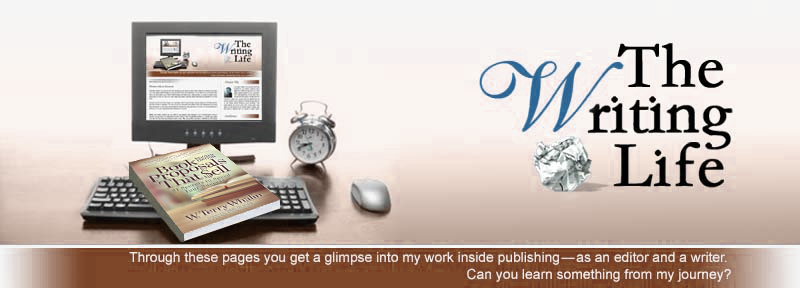

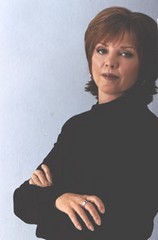
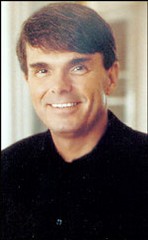


 My connection to the battles in the Middle East is much less obvious but equally present. In March, I had the opportunity to attend the
My connection to the battles in the Middle East is much less obvious but equally present. In March, I had the opportunity to attend the 
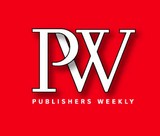

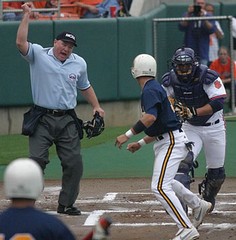 ese submissions, I've been quickly looking at them and sending form
ese submissions, I've been quickly looking at them and sending form 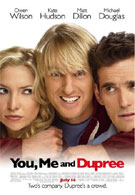 Last Saturday I came face to face with the subjective nature of the business. It wasn’t in the book area but in the area of movies which is another place where people reveal their opinions and make their choices whether to attend a particular film or not. Since I had been traveling, my wife was eager to attend a movie but is there something worth watching? We’ve been to some great movies and other times, the movie falls completely flat. Because I’ve been to some poor movies, I often read the newspaper movie reviews to see what someone else thinks about the movie. The PR firms have this slick method of showing the most engaging portions of the movie in their trailer but will the film hold up? My wife was determined to see the new release You, Me and Dupree since it looked like some mindless entertainment with some laughs.
Last Saturday I came face to face with the subjective nature of the business. It wasn’t in the book area but in the area of movies which is another place where people reveal their opinions and make their choices whether to attend a particular film or not. Since I had been traveling, my wife was eager to attend a movie but is there something worth watching? We’ve been to some great movies and other times, the movie falls completely flat. Because I’ve been to some poor movies, I often read the newspaper movie reviews to see what someone else thinks about the movie. The PR firms have this slick method of showing the most engaging portions of the movie in their trailer but will the film hold up? My wife was determined to see the new release You, Me and Dupree since it looked like some mindless entertainment with some laughs. 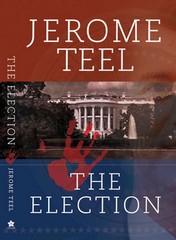
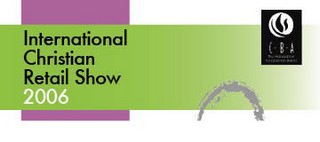
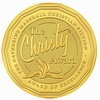 It was a remarkable evening to celebrate excellence in Christian Fiction through the Christy Awards. The various editors and authors gathered in the room read like a Whos Who of Christian fiction. While I attended the banquet, I don’t want to list a lot of names for fear I will leave someone out.
It was a remarkable evening to celebrate excellence in Christian Fiction through the Christy Awards. The various editors and authors gathered in the room read like a Whos Who of Christian fiction. While I attended the banquet, I don’t want to list a lot of names for fear I will leave someone out.


